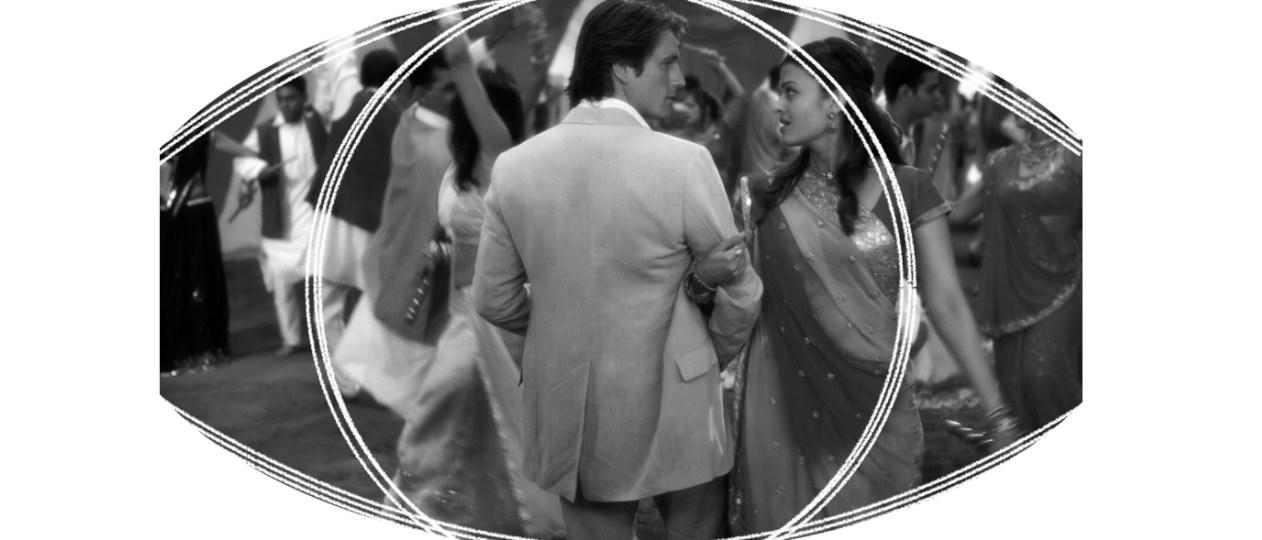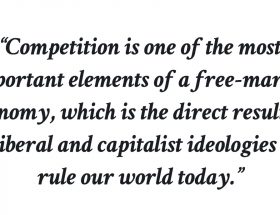Growing up, I was an ambivalent Bollywood consumer. There were a few choice films that I liked to watch, but my main enjoyment of these was from their musical numbers. I knew all the words and even remembered some of the dances, without a clue for their actual meaning or significance in the film.
As I grew older and more of the genre was introduced to me, I grew to dislike it. The stories were too extreme, sometimes frightening and sometimes too unlikely to engage me. The musical numbers began to sound the same, the formulaic storylines becoming depressingly predictable. As more years passed, I began to view the genre as a feminist and a creative artist. Many arguments condemned the industry; claiming it glamorizes the harassment of women, that it is built purely for commercial success (rather than artistic deference) and that it represents an unfair stereotype of Indian culture.
The song ‘Jai Ho!’ would send me storming out of rooms and I would refuse to wear the latest Indian fashions at family weddings – knowing that they were the result of some blockbuster heroine’s endorsement. I detested Bollywood. Now, I attempt to understand it.
Bollywood isn’t simply a genre of music and film, nor should it be conflated with anything vaguely representing Indian culture. It isn’t a place that physically exists. It’s a broad, stereotypical label given to the diverse entertainment industry based in Mumbai (formerly Bombay – hence, Bollywood). Contrary to this stereotype, there are many genres within the industry and caters to audiences from a myriad of different backgrounds.
The popular commercial success of the ‘masala’ film genre may explain why the industry is often viewed as a shallow art platform; because it is designed to cater to a range of interests and wants; a pinch of comedy, a healthy portion of romance and a dash of action to make a film appealing to everyone. Bollywood has been the biggest producer of these ‘musical films’ since the 1960s.
Just as we now poke fun at the unlikely conventions of the rom-com or laugh at the choreographed ‘spontaneity’ of the musical, so too do we perceive the masala film. Unfortunately, this means we miss out on the importance of what is being expressed and narrated – remember that the musical numbers exist to make these movies universally understandable and appealing, but that does not mean that the entire film is farce. Many films attempt to unpack social behaviours and issues such as the Indian immigrant abroad and the existence of marriage conventions in India, but this hides behind a formulaic, familiar narrative. The modern masala film almost parodies the conventions of its predecessors in Brechtian fashion, but this is only apparent to some. There are many resonances to the masala film, which is the reason that the Bollywood blockbuster continues to be made for global and commercial success, rather as pure social commentary on the lives of its consumers.
Within Bollywood, the sub-genre of art films that deliberately avoid the masala conventions are known as ‘parallel’ films. Arguably, these perpetuate the same ideals as their musical counterparts, albeit in a more realistic and confronting manner. While the masala film may romanticise the idea of violence; for love or bravery, the parallel film glorifies the gang culture of Mumbai. Many parallel films are actually supported by mafia gangs – and in cases where gang violence or unfair treatment of women is vilified, the presence of such acts alone seems to normalise and actualise this violence in the Indian consumer.
The influence of Bollywood on viewers – on their behaviour as consumers, their social attitudes and their awareness of important cultural issues, is of high significance in India. In some ways it’s a self-perpetuating cycle; life imitates art, art imitates life. Cultural dogma, such as the ethics and behaviours of an exemplary Indian – particularly of the Indian woman – are broadcasted in the form of this entertainment, crystallised in real life, and then recreated again by an industry who aim to relate and engage with their viewers. This is largely problematised by critics of the genre. While it is far too blasé to assume that Bollywood films alone are the cause of misogyny and violence in India; they play a significant role in influencing behaviours of their consumers; some of whom treat film as an exemplar.
[Image: scene from ‘Bride and Prejudice’, 2004]




